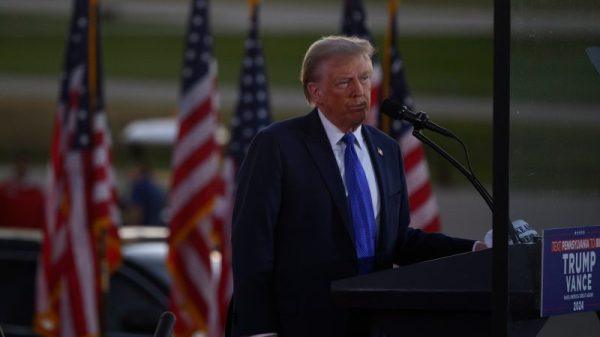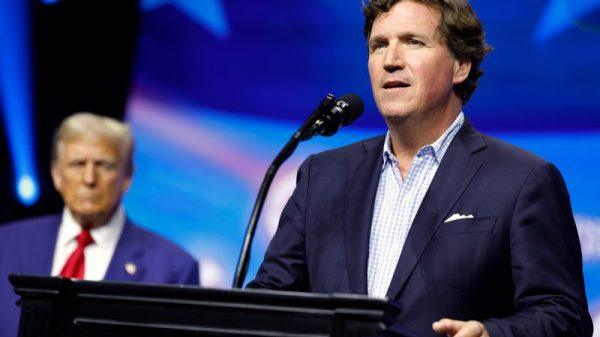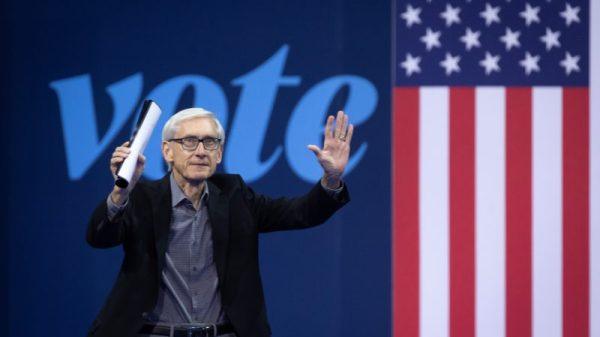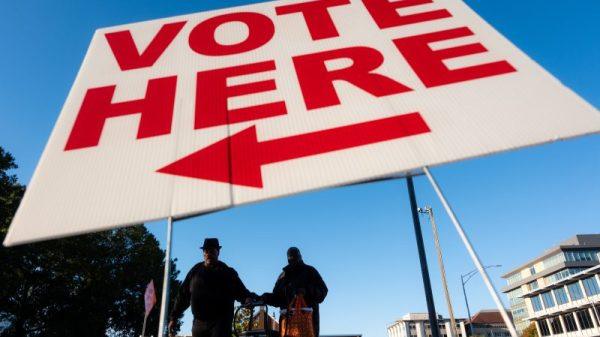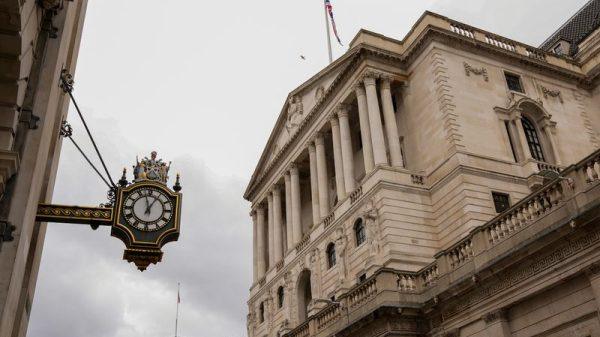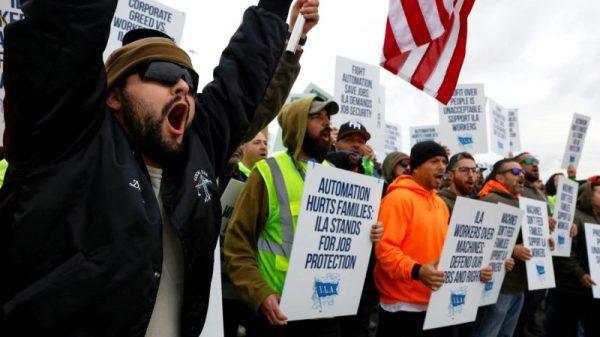By Mike Dolan
LONDON (Reuters) – If markets are correct, inflation-adjusted European Central Bank interest rates could be back negative by the middle of next year – and a return to zero policy rates cannot now be dismissed.
The sands under ECB easing expectations appear to have shifted again after last week’s third rate cut of the year and with headline inflation at least now back well below the targeted 2%.
The International Monetary Fund once again this week cut next year’s euro zone growth forecast to 1.2%, now a half-point less than it saw in January and below the ECB’s own 1.3% outlook as Germany’s struggles drag on the wider bloc’s fortunes.
And now ECB officials are debating what to do if inflation persistently undershoots its 2% target.
Even though ECB chief Christine Lagarde and others publicly urge caution ahead, the discussion about whether the central bank might need to start stimulating the economy going forward appears to be under way internally.
“I wouldn’t take for granted, given the pace of the disinflation and the weakness of the real economy, that we have to stop at the neutral rate, and we cannot exclude that we will go below neutral,” Italian central banker Fabio Panetta told an IMF event this week.
Money markets have already reacted by dropping their estimate of ECB policy rates for the end of next year by half a percentage point to 1.7% over recent weeks – remarkably as U.S. Federal Reserve equivalents jumped about half a point over the same period.
The 4% recoil in the euro/dollar exchange rate this month comes as no surprise in that environment.
But if implied market rates of 1.75% or less from July 2025 onwards prove accurate – 150 basis points below current settings – then the ECB would have to cut a quarter-point at every meeting between now and then.
Either that or it steps up the size of the cuts – and hence renewed talk of a 50bp move at one of its coming gatherings.
And strikingly, if ECB forecasts of a return of inflation to 2% next year play out, the “real” policy rate in that whole scenario would end up being negative again – back where it languished for most of the past decade and after just 20 months in positive territory.
BACK TO ZIRP?
Here the picture gets murkier – though no less profound given post-pandemic hand-wringing about “higher for longer” interest rates.
If headline inflation were to remain stuck around current levels of 1.7% through next year, which is what one-year inflation swaps seem to imply, then the market rate horizon then only plots “real” rates at zero by July.
But given that zero is where most ECB estimates place a “natural rate” of interest – the theoretical rate that neither bears down nor spurs economic activity – the discussion about stimulating the economy suggests actual policy rates may need to go lower than even markets now price.
Despite all the ifs and buts related to that, sub-neutral real rates may then require ECB policy rate settings as low as 1-1.5%.
Yet, as so often with theoretical head-scratching around neutral rates, there are no concrete estimates – only second-guessing of what the ECB itself might think.
‘R-STAR’ GAZING
ECB researchers have pointed out this year that some neutral rate models have not been fully updated since the pandemic shock upended many assumptions about labour markets, supply disruptions, economic slack and activist fiscal policy.
However, Morgan Stanley economists have taken a series of frameworks used in a speech by ECB board member Isabel Schnabel this year to show how many of the updated measures of fabled “R-star” were still negative to the tune of 0.5-1.0%.
If these were taken seriously, then the ECB may have to get actual policy rates well below 1% to stimulate the euro economy in the event that inflation expectations stay stuck where they are now.
Of course there are dozens of moving parts unfolding in the weeks and months ahead – not least uncertain energy prices, Germany’s factory and auto sector squeeze, euro budget wrangling, a brewing trade war with China and the uncertainties surrounding U.S. elections.
Lagarde’s call for caution is well understood against that backdrop.
Some economists have puzzled over why ECB members may suddenly have got cold feet after months of warning of sticky “core” inflation and wage growth.
ING’s Carsten Brzeski rationalized the shift by sketching a central bank bruised at being slow to tighten into the inflation spike two years and now keen not to be late to reverse it.
“The ECB now appears determined to get ahead of the curve and return interest rates to neutral as quickly as possible,” he said.
“For the doves this is a no-brainer and, for the hawks, the argument might be that getting rates back to neutral quickly could be enough to avoid another episode of unconventional monetary policy with quantitative easing and negative interest rates further down the line.”
However it plays out, the prospect of a return to zero rates may no longer be fanciful.
The opinions expressed here are those of the author, a columnist for Reuters
(by Mike Dolan in London; Editing by Matthew Lewis)
















